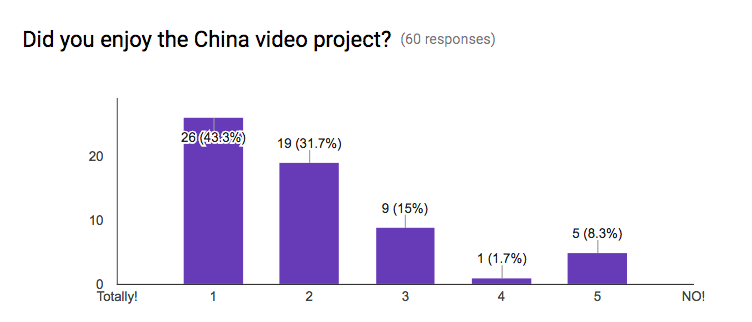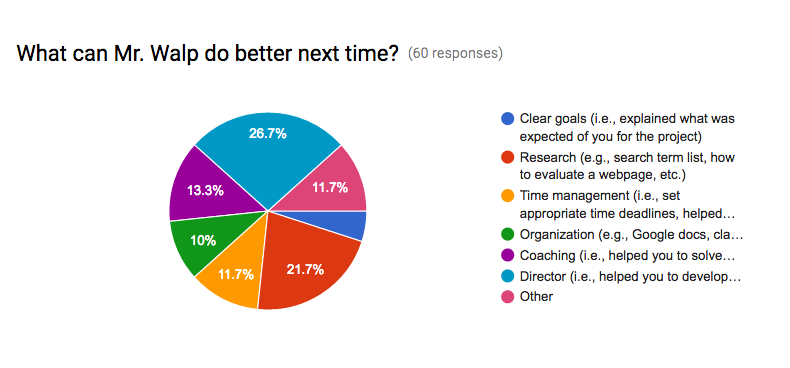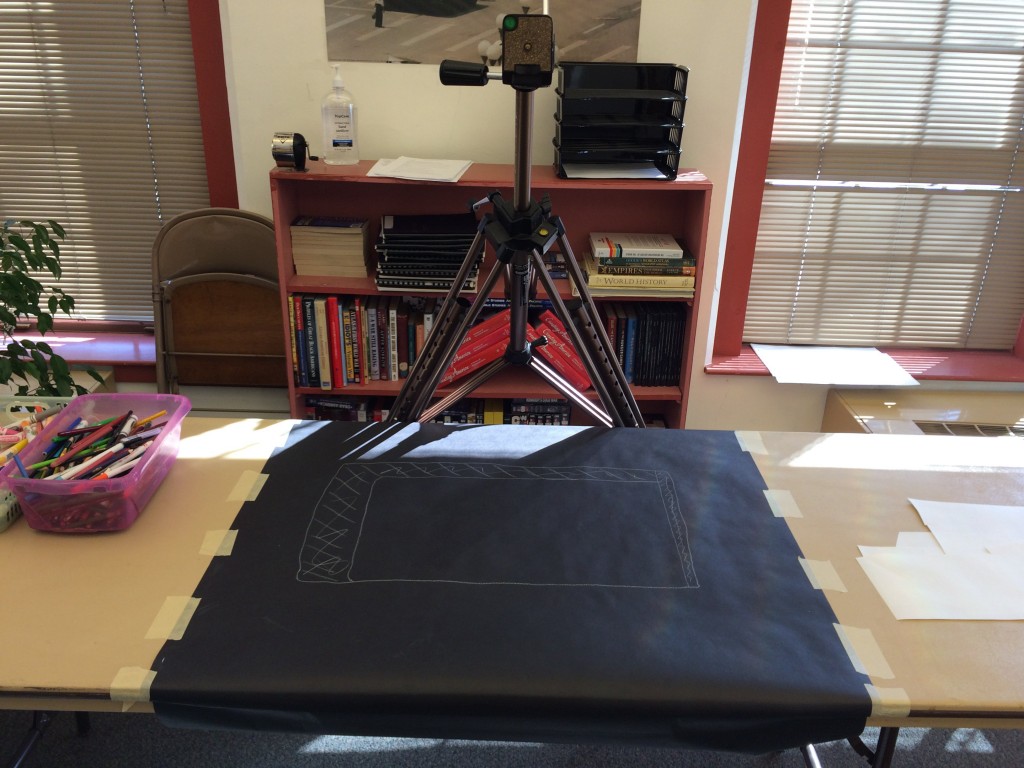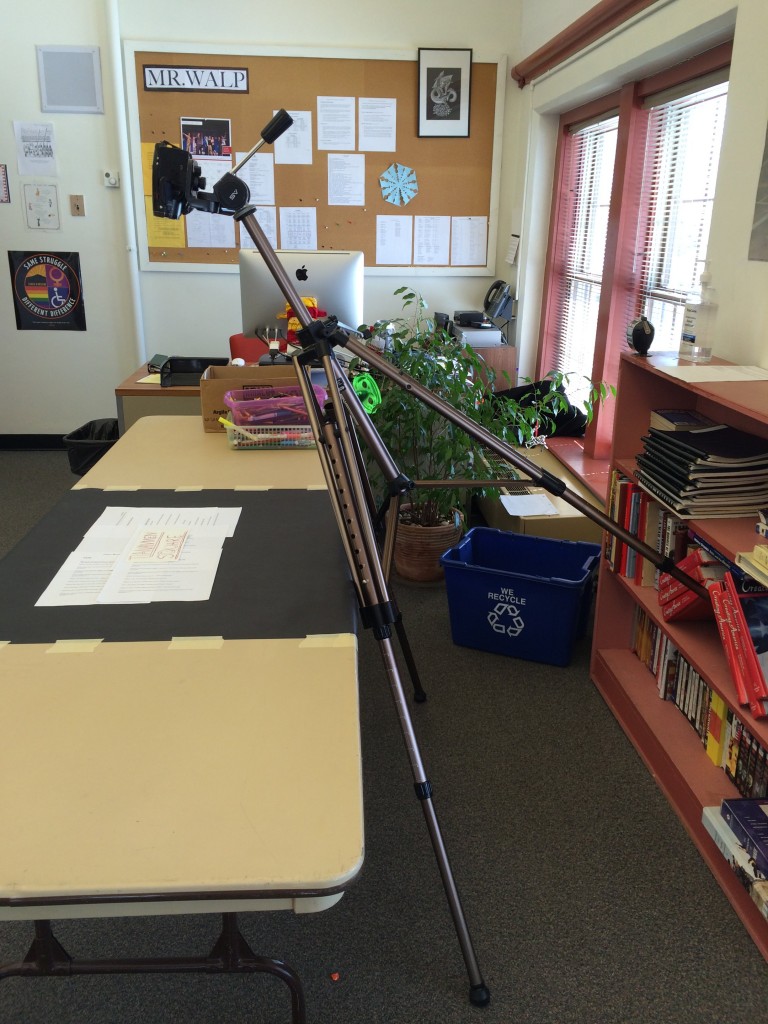Read from the beginning: Setting the Stage
Here are the results! I administer a reflection at the end of each unit using Google forms.
Check out the all the responses here.
My thoughts
I’ll take a 75% approval rating any day of the week and twice on Sunday.
Sample student responses
Did you like the China project? Why or why not?
It was fun working together as a group and completing each phase of project together (teamwork and cooperation).
I feel like it was a lot of fun to create pictures of what happened and China. It made it easier to grasp the concept of what we were learning.
I enjoyed the project because we got to be creative and take a break from homework everyday, but the downside of this was that we only got to learn about one topic.
It was fun and stressful at the same time.
It was ok I guess.
My thoughts
Most student responses indicated that they were happy to have a different kind of assessment and enjoyed being able to work with peers. However, a valid point is that by focusing on one topic, students basically do not get to explore other topics of interest. I try to mitigate this by screening all of the videos after the project. That way students can learn about the topic from their peers.
What was the most challenging part about completing the China video project?
Getting all the pictures in the right order and not messing up.
Condensing everyone’s facts to make a solid one and half page script and keep the video over two minutes and under three minutes.
Taking notes was difficult for me but I am glad that I did it because now I can use these note taking skills in other classes for different projects.
When doing the video I got a little nervous.
Making sure everyone has completed their goal so we would be ready for the next day.
My thoughts
Editing, especially collaborative editing is quite challenging. This is a bit by design within this project when I set the length restriction at 2-3 minutes. Only one or two groups have trouble meeting the minimum length. A lot of groups struggle to fit within 3 minutes. This is a noticeably more difficult process for high-achieving students. I try to make this a safer process for them in that everyone gets full credit for completing a script and video. They don’t have to worry about losing points for leaving something out. I also try to reassure them that it is in fact quite challenging to remove valid information for to make a cleaner argument. I have found that students feel more confident about making tough decisions when they understand that it IS a tough decision. By that I mean that, I have found that when students encounter a challenging task that they think should be easy, their response is to think that they are doing it incorrectly (i.e., they are “dumb”) rather that it is difficult even though they are smart and capable.
What advice would you give to future students to help them do well on this project?
Make sure everyone is on task and understands what to do.
Manage your time well in class because even though it seems like a lot of time it isn’t.
I would tell them to be a good team member and do the work that needs to be done so that your group succeeds.
Get work done earlier if you can, because the more time you have to rehearse and get comfortable with your script makes the overall grade better.
Accept your topic and just do it.
My thoughts
Time management. Group cooperation and collaboration. No surprises. The last comment is instructive because no matter how much I try to take student preferences into account, I cannot create working groups for this project and also give everyone their first choice topic.
My thoughts
Strong time management and clear goals. I am happy with these results because those are my priorities while facilitating the project.
My thoughts
Frankly, I view artistic direction as the least important job for me on the list…particularly since students are not scored on artistic merits of their video. Otherwise a mixed bag. The research component continues to be a work in progress. One skill I should address more directly for next year is how to evaluate a website for quality and reliability.
Final thoughts
I really like running this project, and generally get positive feedback from students as well. On a multi-year timeframe I can easily picture swapping this out to a different unit to keep it fresh for me, but otherwise it feels good to have a solid activity in the toolbox.
What did you think of the project? Have you done similar projects? What could I do differently next time? Tell me in a comment!





